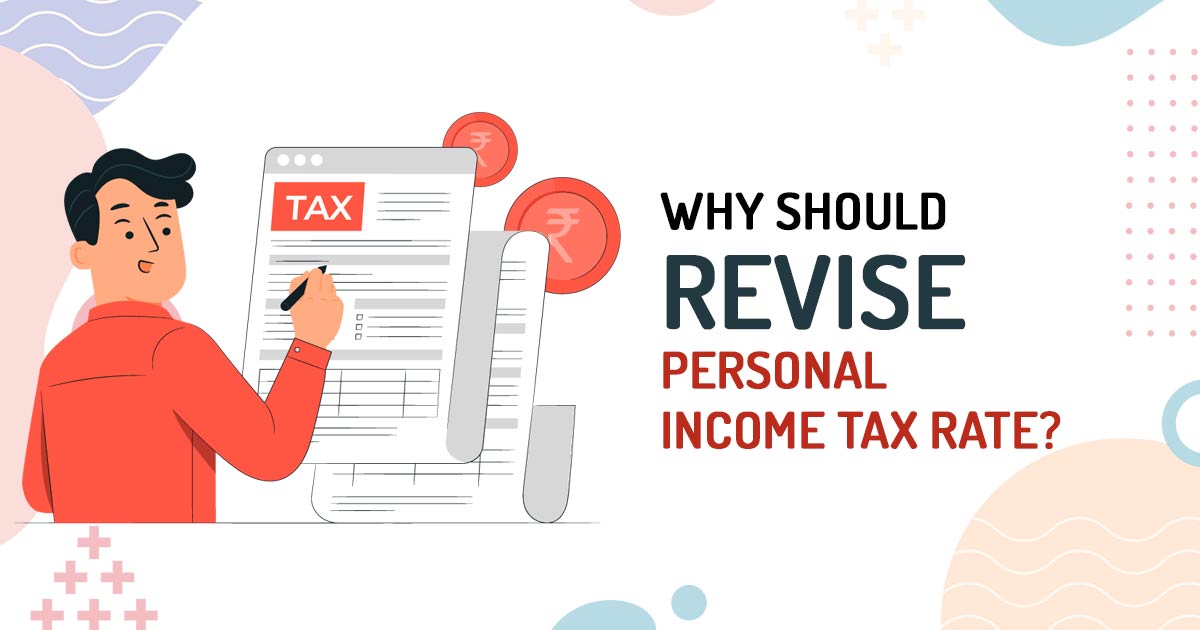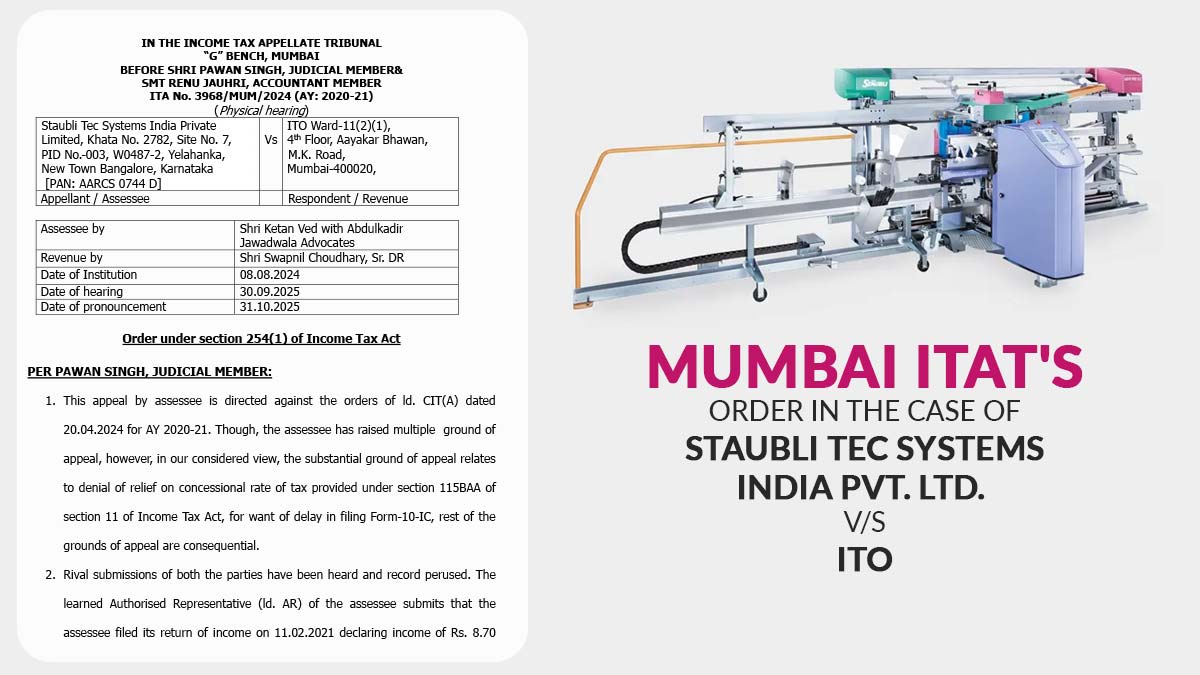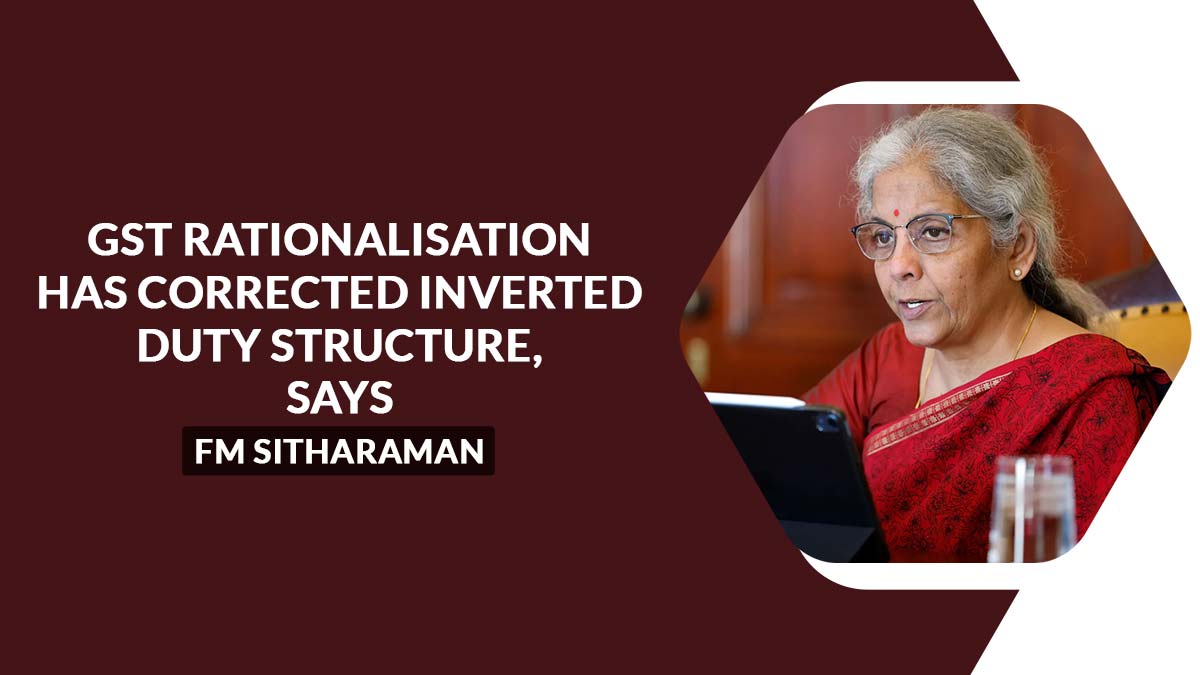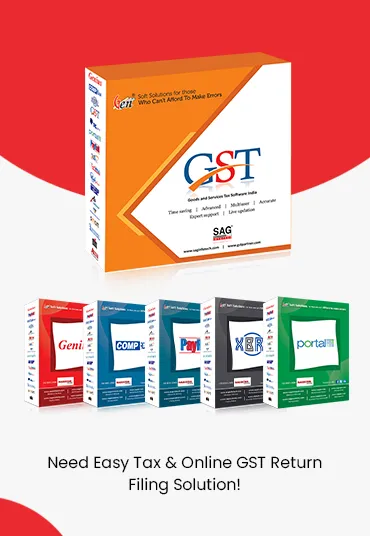
The upcoming budget is expected with the hope that the taxes will be exempted, particularly for the salaried people. Budget 2025-26 is coming at a time when the economy is going to recover.
People’s income has been affected by this as they lost their jobs, pay cuts were executed, and various businesses were forced to close their operations. The demand of the customers was back to normal with difficulty, and the new variant seems to affect the consumers along with the demand.
Under the compliance of the present Modi government, the direct tax reform is in process through more and more obedience and a simple interface along with the Income-tax faceless assessments, etc. However, the salaried, middle, and lower middle classes were at the raw end of the tax deal, on which the work has been done by the government for several years.
Reasons to Revise Income Tax Rates
The government has started the upgraded income tax scheme in its former year’s budget and mentioned that assessees have the choice of choosing between the old regime and the new regime. The new regime also provides a lower tax rate for people who refuse the advantage of having the tax deductions on the specific savings and expenses.
Tax experts mentioned that in most cases, people do not want to go from the former framework, as everyone owns some savings. “Nearly all assessees have their PF getting deducted. Multiple income tax regimes create a mess.
When we talk about simplicity, there are glitches in the system, inordinate delays in filing notifications and so on. When we (as a CA firm) face trouble, how can an individual navigate the online filing system without help?”
Income Tax Exemptions and Deductions
The latest tax regime will take affected from 1st April 2025 (the financial year 2025-26) under section 115BAC of the Income Tax Act, 1961. The same would not permit 70 exemptions and the deductions like house rent and the leave travel allowance, education allowance, Section 80C, and 80D advantage, and home loan interest deduction under Section 24.
A tax expert mentioned that “Two schemes don’t work—they add to the complexity. We don’t need two regimes. Confusion and uncertainty should not be there in taxation.” The same holds for the strong case for the other rationalisation of the income tax rates for the specific person.
Arvind Panagariya, an economist along professor of economics at Columbia University, specified that the improvement in the direct tax is due to a longer period. “In the Indian system, an income between Rs 2.5-5 lakh gets taxed at 5 per cent. If I earn Rs 4,99,999, I get taxed at 5 per cent; if I earn a rupee more than I get taxed at 20 per cent. It disincentivises me from doing any work to move beyond the income bracket.
Unless I jump over a lakh rupees. If my income is Rs 6,00,000, I would do everything to keep it below Rs 5,00,000. This system creates a huge incentive to lie. In India, marginal and average tax rates are the same. The horizontal inequity in taxation has to end. If income is coming from another source, it gets taxed differently. This has to end.”
High Income Tax Rates Across the World
Towards individual tax rates, the income tax rates of the country are among the highest in the world. For the persons whose income is more than Rs 24 lakh, the tax rate on the salaries would be more than 30% but the corporate tax rate gets lowered to 15% for the new units.
Despite the financial consideration that would make the rates of the tax lower in the budget, the salaried class, who pay the taxes and drive the economy, has been left behind for a long period.
Also, the exemption gets reduced, and things like conveyance allowance and house rent allowance are not so good for the current time. The allowances are being hidden, which are not being shown in the market, along with the education cost load for middle-class people. The budget would take a combined look and make the privilege more shown in today’s times.
New IT Slab Rates for FY 2025-26
| Annual Income (INR) | Tax Rate |
|---|---|
| Up to INR 4,00,000 | Nil |
| INR 4,00,001 to INR 8,00,000 | 5% |
| INR 8,00,001 to INR 12,00,000 | 10% |
| INR 12,00,001 to INR 16,00,000 | 15% |
| INR 16,00,001 to INR 20,00,000 | 20% |
| INR 20,00,001 to INR 24,00,000 | 25% |
| Above INR 24,00,000 | 30% |









